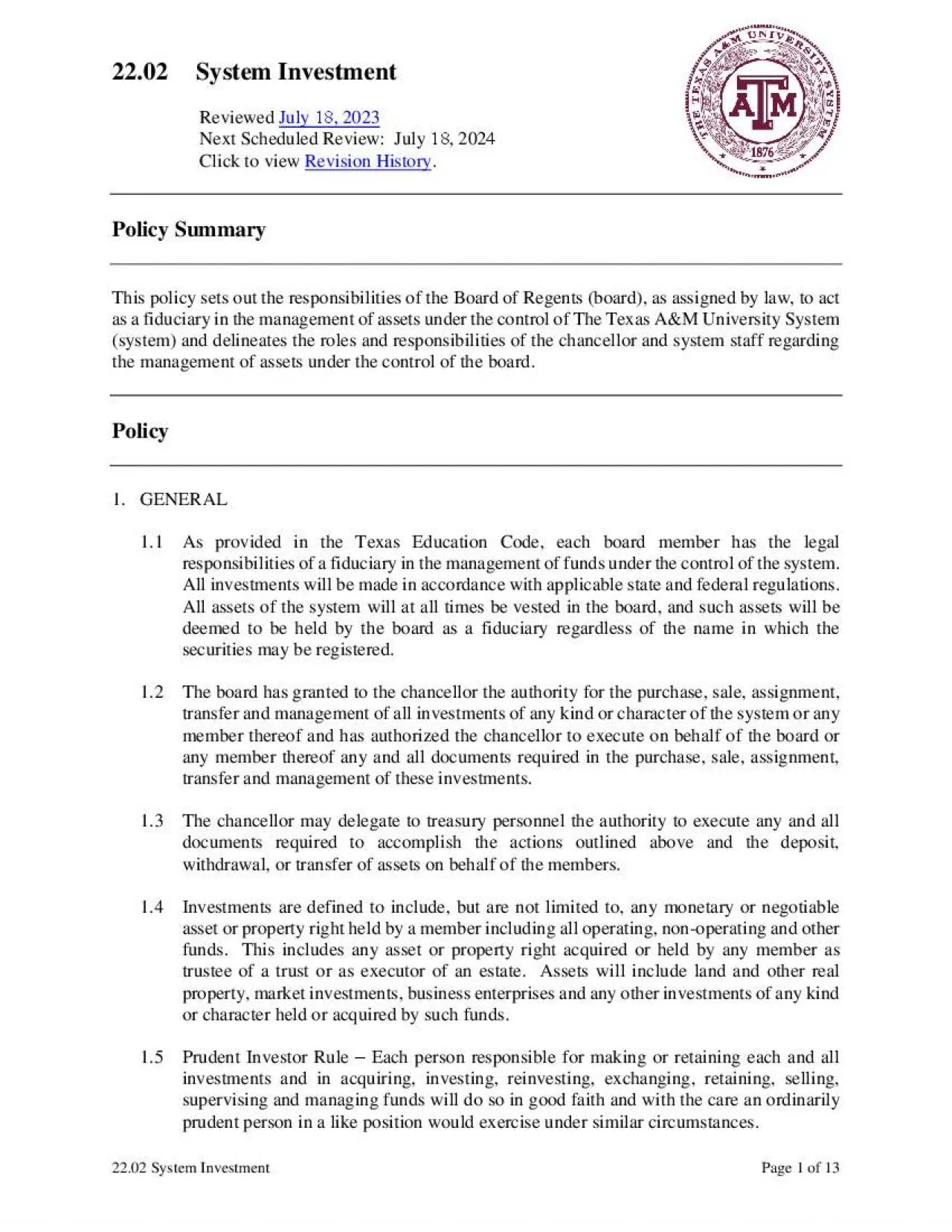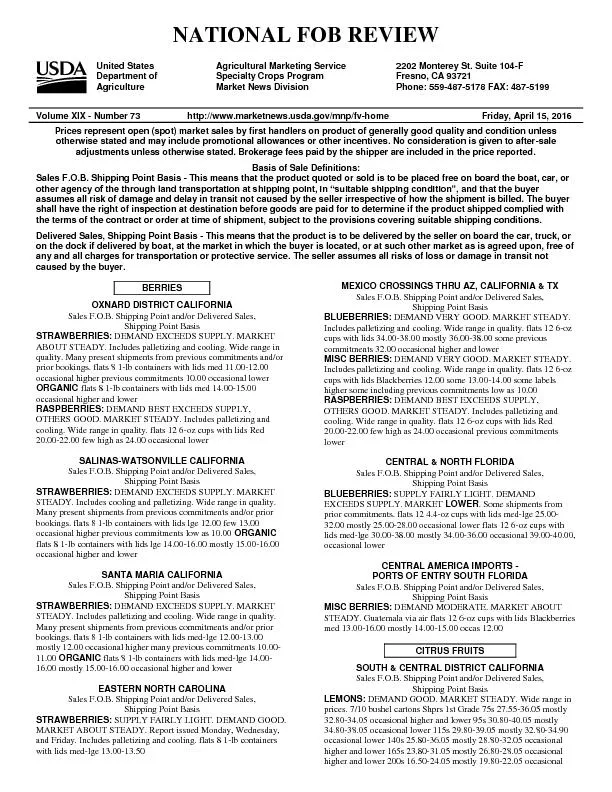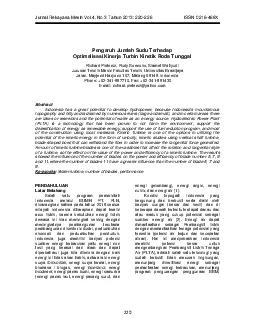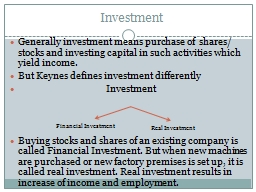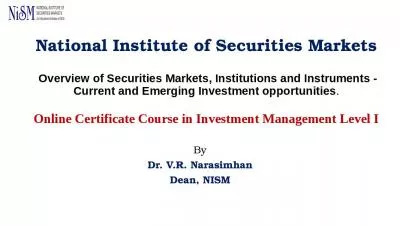PDF-2202 System Investment
Author : piper | Published Date : 2021-10-11
Page 1of 132202System InvestmentReviewed August 10 2021Next Scheduled Review August 10 2022Click to view Revision HistoryPolicy SummaryThis policy sets out the responsibilities
Presentation Embed Code
Download Presentation
Download Presentation The PPT/PDF document "2202 System Investment" is the property of its rightful owner. Permission is granted to download and print the materials on this website for personal, non-commercial use only, and to display it on your personal computer provided you do not modify the materials and that you retain all copyright notices contained in the materials. By downloading content from our website, you accept the terms of this agreement.
2202 System Investment: Transcript
Download Rules Of Document
"2202 System Investment"The content belongs to its owner. You may download and print it for personal use, without modification, and keep all copyright notices. By downloading, you agree to these terms.
Related Documents

